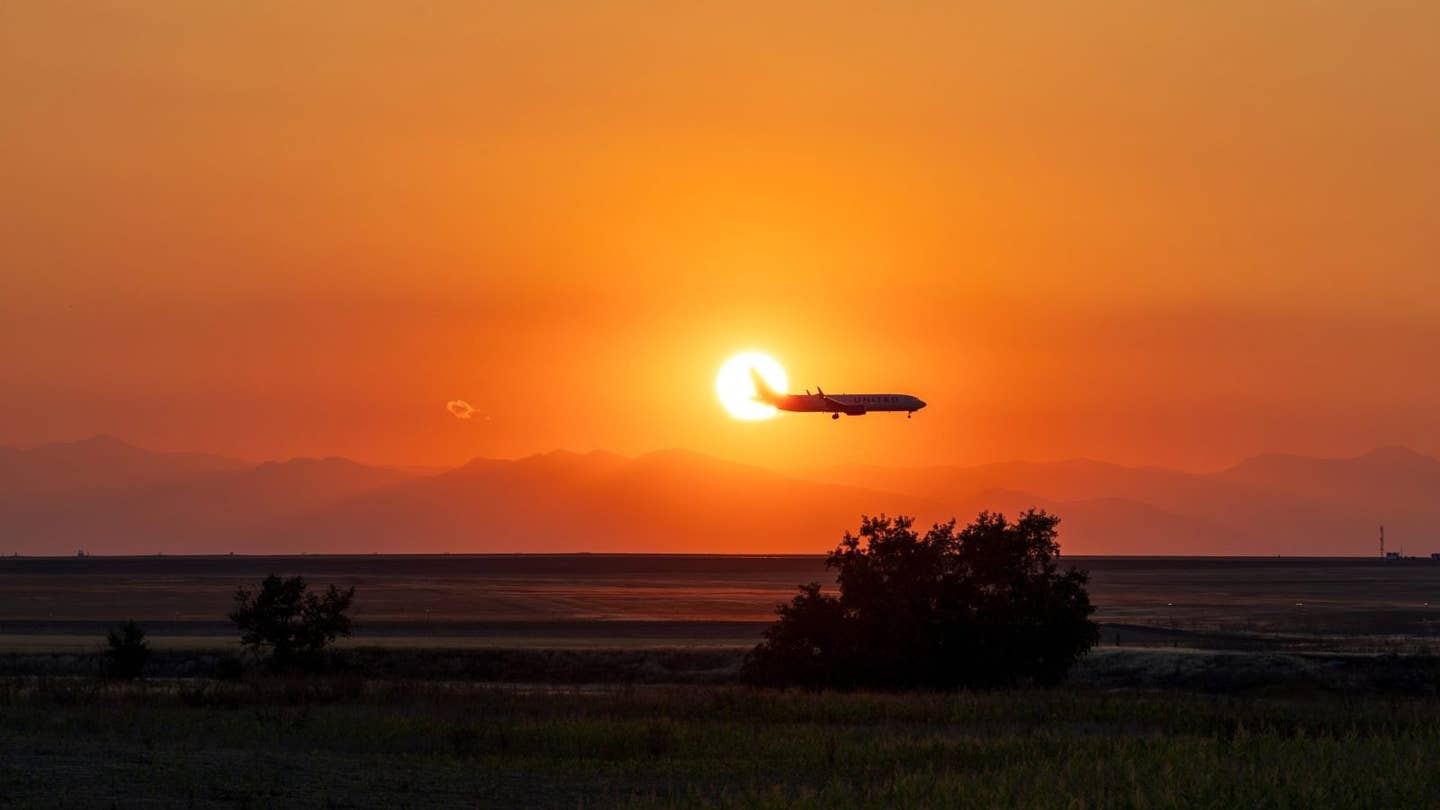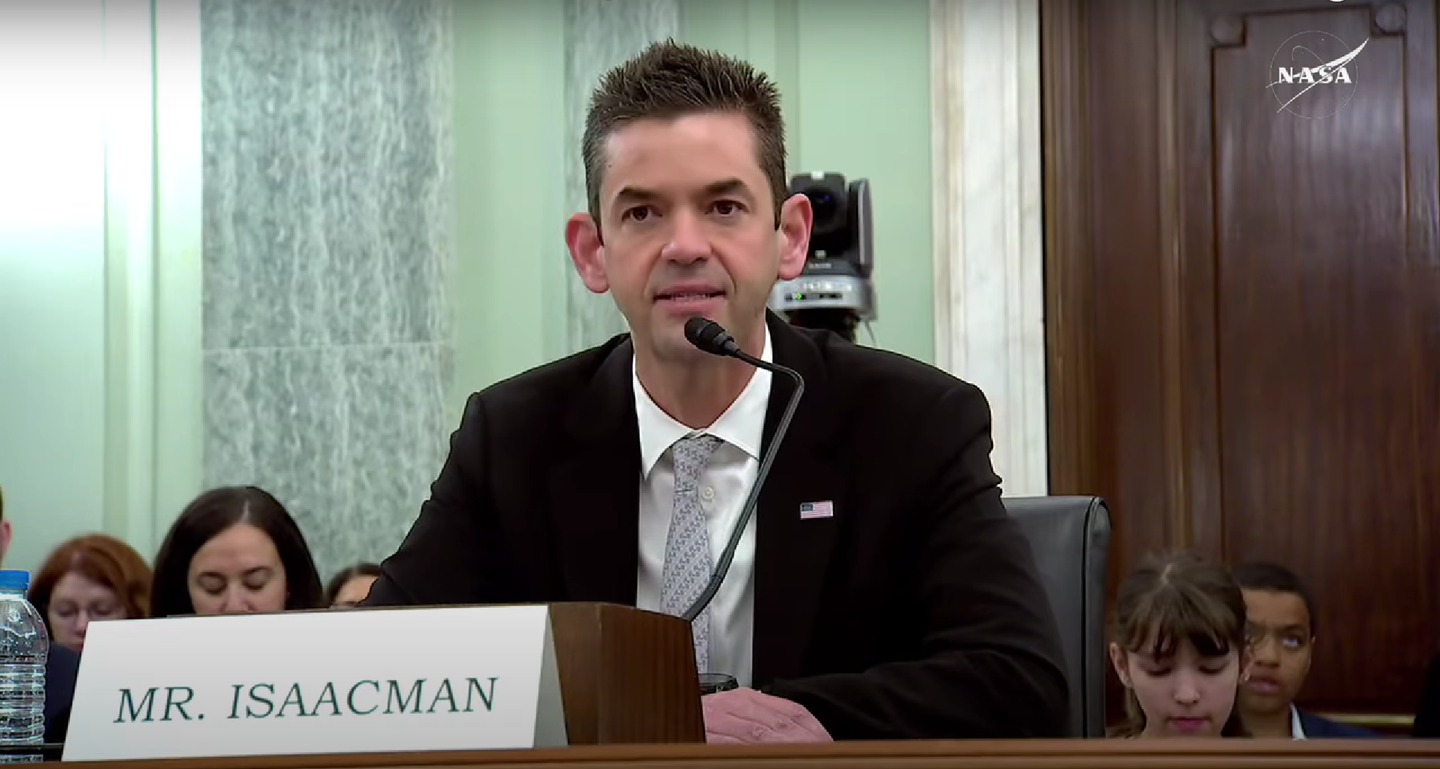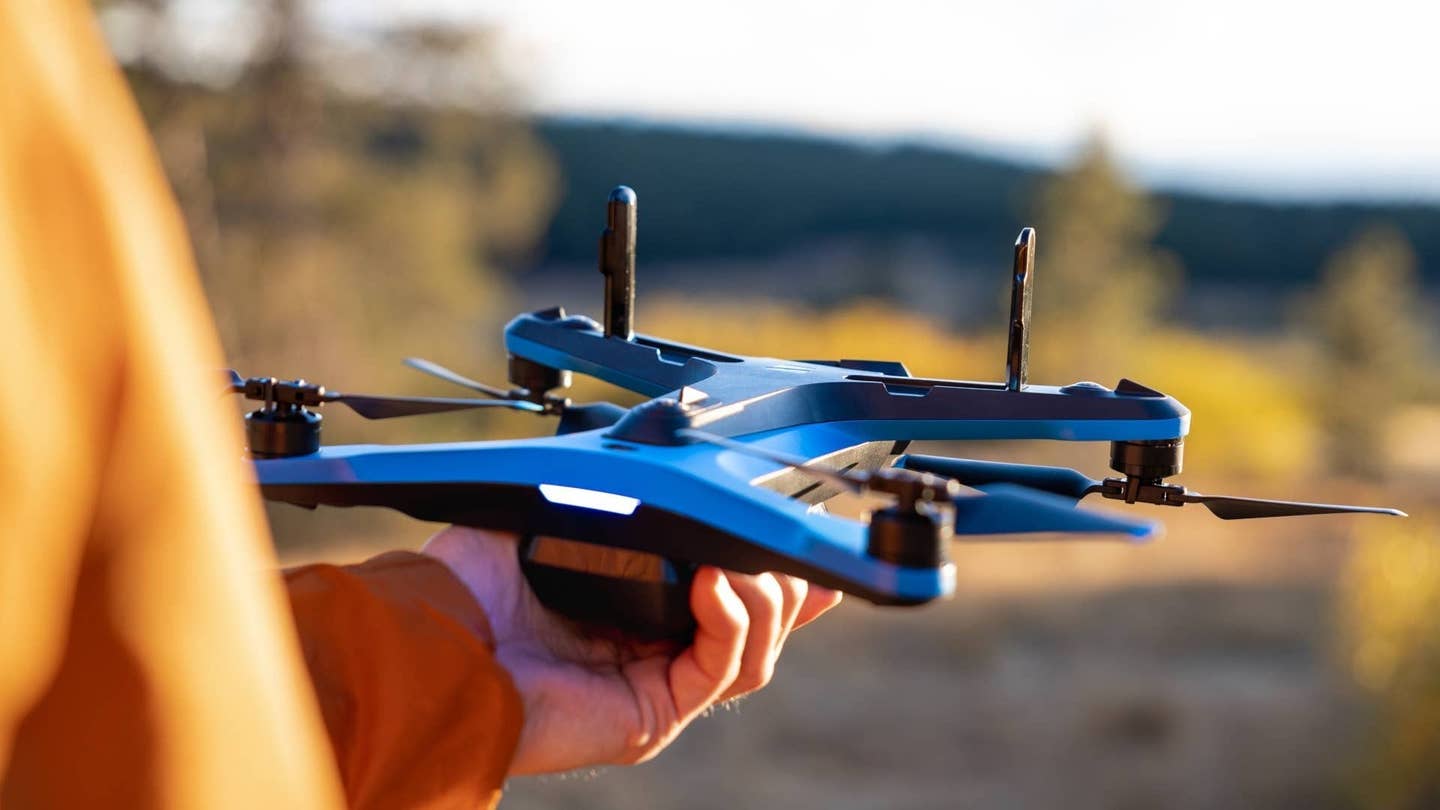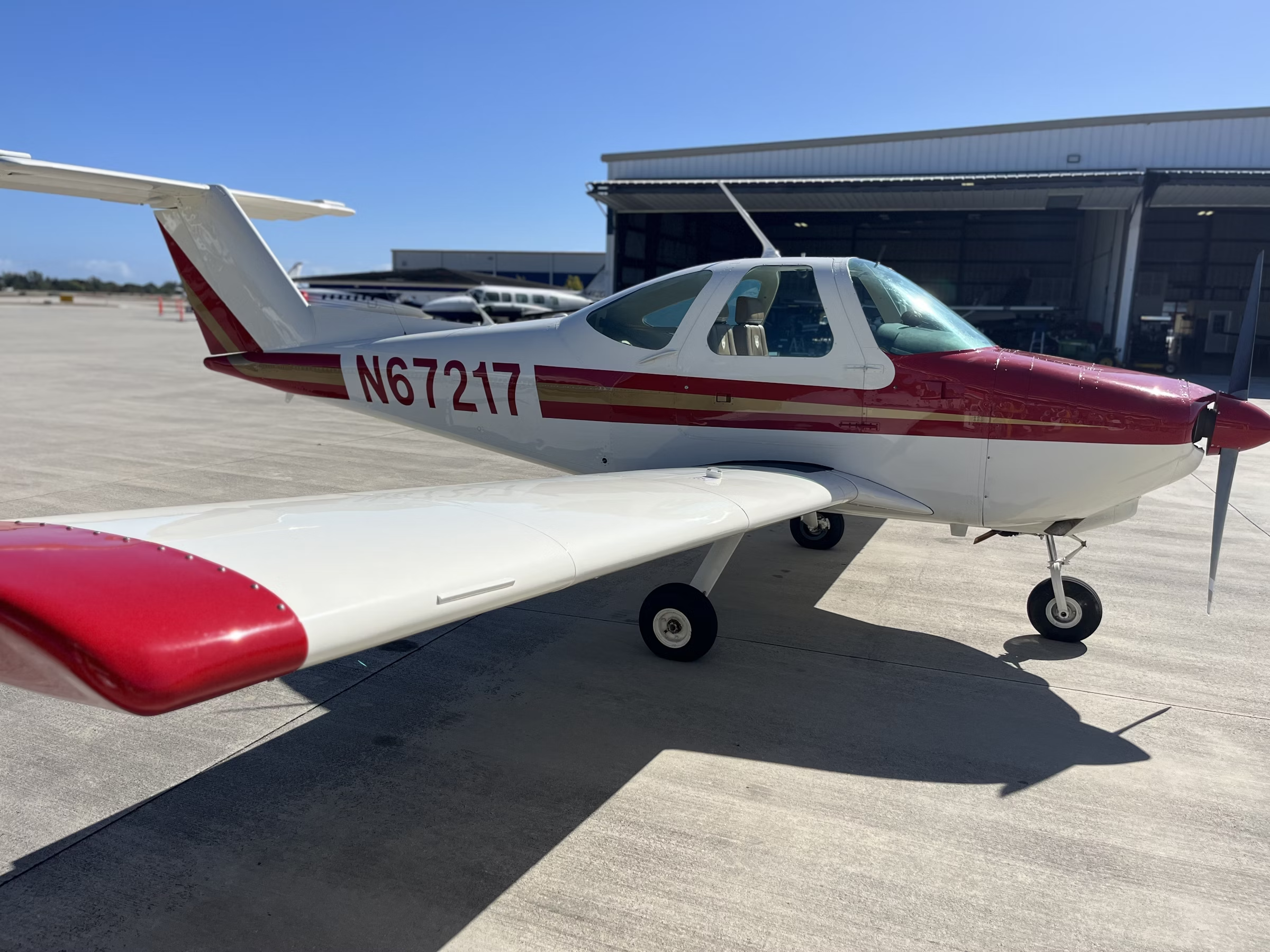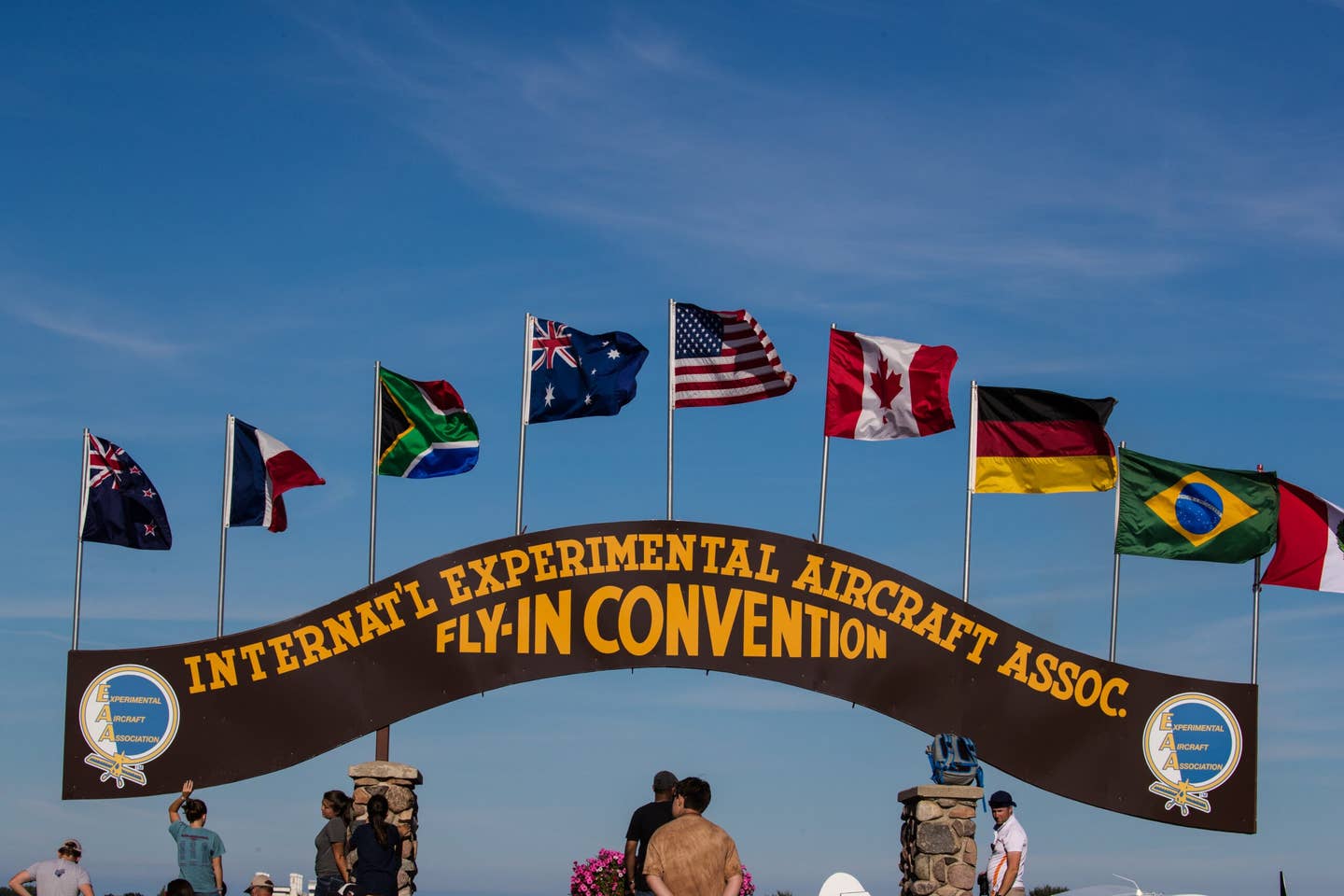ISS Mission to Swap Out Starliner Astronauts Pushed to Friday
Wednesday launch attempt was scrubbed due to a hydraulic system issue on the ground, postponing NASA and SpaceX’s Crew-10 mission.
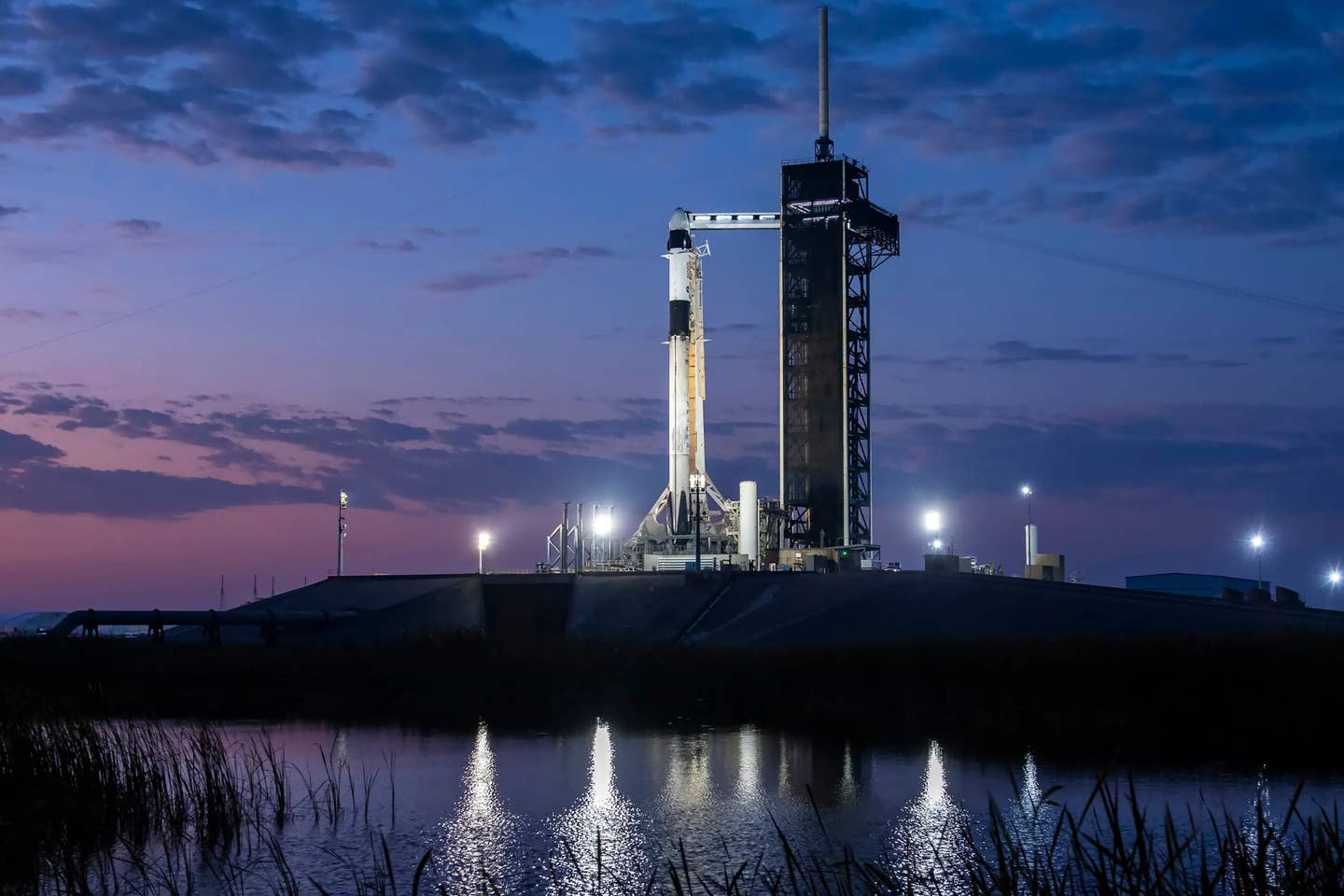
A SpaceX Falcon 9 rocket stacked with the company’s Crew Dragon capsule stands on the pad at Launch Complex 39A at NASA’s Kennedy Space Center in Florida. [Courtesy: SpaceX]
Boeing Starliner crewmembers Butch Wilmore and Suni Williams will need to wait a little bit longer before returning from their more than nine-month sojourn aboard the International Space Station (ISS).
NASA and SpaceX’s Crew-10 mission—an ISS astronaut rotation operation that is expected to culminate in Wilmore and Williams’ return to Earth aboard a SpaceX Crew Dragon capsule—is now targeted to launch no earlier than Friday at 7:03 p.m. EST, NASA said Wednesday. A launch attempt Wednesday evening, which would have returned the astronauts as early as Sunday, was scrubbed due to a ground issue.
If they return next week, Wilmore and Williams will have spent just under 300 consecutive days in space. The U.S. record is held by NASA’s Frank Rubio, who lived and worked on the ISS for 371 days in 2022 and 2023.
“Everything was fine with the rocket and the spacecraft,” Darrol Nail, a NASA spokesperson, said during the live stream of Wednesday’s attempt.
The space agency said it uncovered a problem with the hydraulic system for one of the support arms clamping SpaceX’s Falcon 9 rocket in place on Launch Complex 39A at Kennedy Space Center in Florida. The Crew-10 quartet—NASA astronauts Anne McClain and Nichole Ayers, Japan Aerospace Exploration Agency (JAXA) astronaut Takuya Onishi, and Roscosmos cosmonaut Kirill Peskov—disembarked from Dragon and are awaiting the next launch opportunity from their crew quarters.
The plan to bring Wilmore and Williams home was hatched by NASA in August after a Starliner return was deemed too risky. In September, it launched the six-month Crew-9 mission with two crew, rather than the usual four, to make room for the Starliner duo on the way down. The Crew-9 Dragon has been docked at the orbital laboratory since then and, according to NASA, could return the astronauts in an emergency situation. Officials in August said it “didn’t make sense” to launch a dedicated Falcon 9 and Crew Dragon mission sooner.
The Crew-8 Dragon, which departed the ISS in October, was already assigned to other astronauts. And because of the space station’s packed schedule, moving up crew rotation timelines would disrupt other traffic. Curtailing Crew-9, meanwhile, would have left just one NASA astronaut to manage the U.S. portion of the space station, which has been continuously occupied for nearly 25 years.
NASA maintains that continued presence in order to support valuable research, including the more than 200 experiments in which McClain, Ayers, Onishi, and Peskov will participate. The Crew-10 astronauts will comprise part of NASA’s ISS Expedition 73, which will submit blood samples for analysis and study how materials burn in microgravity, among other tests.
Like this story? We think you'll also like the Future of FLYING newsletter sent every Thursday afternoon. Sign up now.
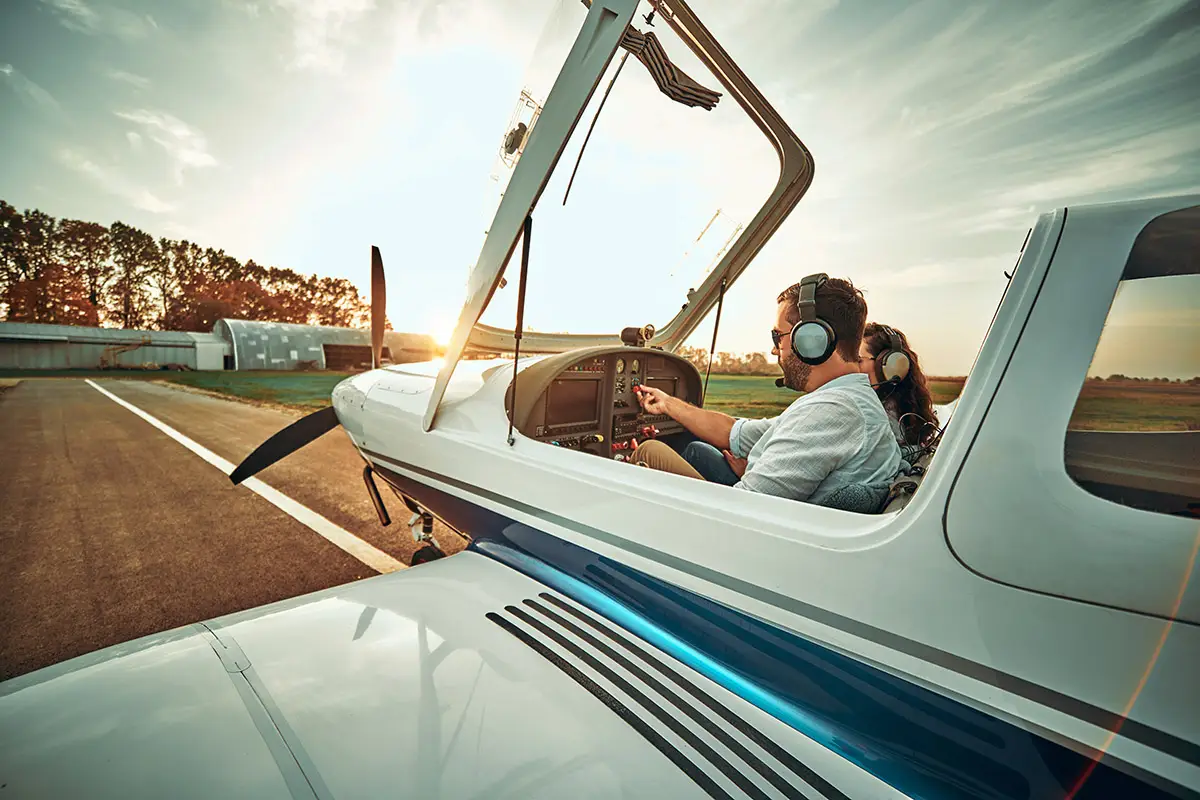
Sign-up for newsletters & special offers!
Get the latest FLYING stories & special offers delivered directly to your inbox

